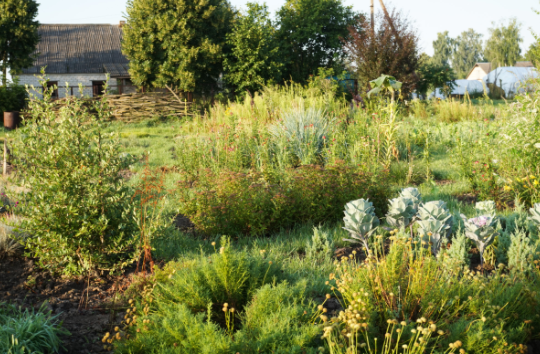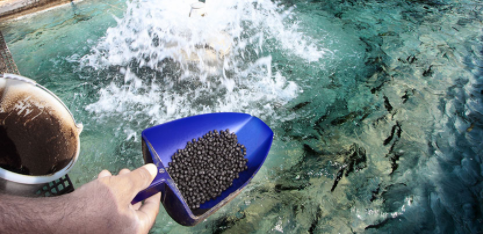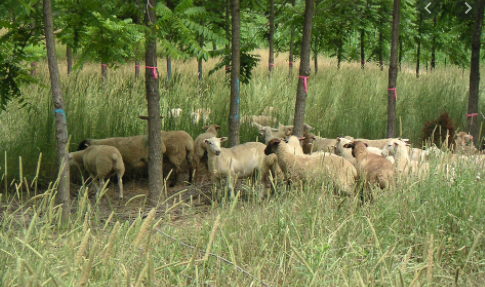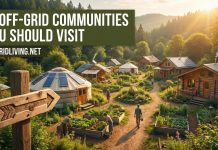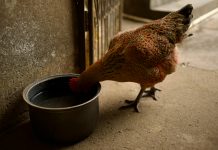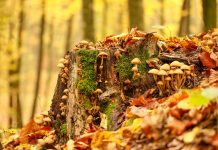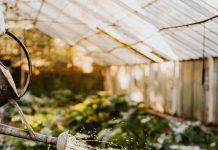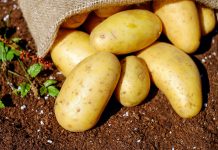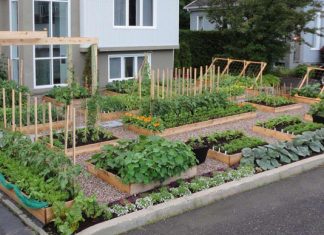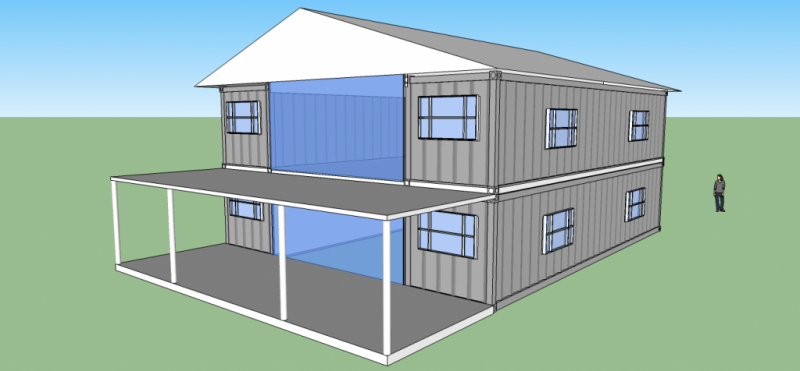Permaculture, derived from the words’ agriculture’ and ‘permanent culture,’ is a framework that seeks to create sustainable ways of living independently. It is an energy-efficient, ecofriendly, and waste-free means of survival and livelihood.
The way it works is to effectively combine people, resources, and the environment to create diverse systems that allow you and your family to reap the benefits for years as you live off the grid.
The underlying principle of permaculture is to create a mutually cooperative system between the planet’s resources and the people living on it, to yield more results with less effort.
The application of permaculture principles is not restricted to agriculture alone. It may be applied to the following:
- Farms and estates
- Residential planning
- Public buildings
- Commercial and industrial locations
- Waste grounds
- Educational institutions
Practicing permaculture requires creating solutions that are spread across various disciplines and industries such as forestry, fishing, renewable energy sources, creating structures, waste management, technology, and agriculture.
How can you apply permaculture principles to living off the grid?
When you are living off the grid, you are required to be resourceful and energy-efficient. You cannot afford to take uncalculated risks because every decision you make matters.
One failed harvest, and your family members may struggle to fend for themselves. Fortunately, permaculture farming solutions seek to make use of tools and resources productively.
The following are ways you can apply permaculture principles to living off the grid:
Integrated farming systems
Integrated farming systems are activities that combine the cultivation of crops as you simultaneously take care of livestock. Integrated farming is a particularly appealing solution when you live off the grid because it lets you kill two birds with stone as both animal and plant systems complement each other.
For example, you can grow crops to provide fodder and food for your livestock. Meanwhile, animal dung can be used to fertilize your plants, or you can use livestock as weed control. Both these systems complement and support each other, which is why they fall into the category of integrated farming.
Here are some useful integrated farming techniques you can use while living off the grid:
- Cultivate crops such as sugar cane, corn, rice, and tree fodder. In your animal system, you will want to raise sheep, pigs, and hens. The excess byproducts from your crops can be used to feed your animals. Use waste from your fish and livestock as plant fertilizer.
- Set up a rice-fish aquaculture. Growing rich and fish together is mutually beneficial for both as the fish will feed on insects that could harm your rice crop. Additionally, their feeding behavior can control the growth of weeds in your rice fields.
- The waste left by both plants and animals is organic. You can use a bio-digester to produce fuel for your household that could power your kitchen and provide electricity. You can dump organic plant and animal remains in a compost pile.
Organic agriculture
Organic agricultural practices involve using technology to maximize crop yields to work in harmony with nature. Organic agriculture requires that you embrace environmentally sustainable methods such as soil management, using natural irrigation systems, administering pest control to get rid of fleas and ticks, controlling the growth of weeds in your growing space, and avoiding monoculture growth of crops. After all, if you exhaust the land that you are growing your crops on, you will find it tricky to survive in the same spot for long when you are living off the grid.
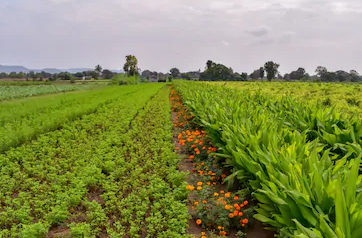
Avoid monoculture in crop cultivation.
Here are some organic agriculture techniques:
- Crop Rotation. You can use a piece of land to grow a variety of crops around the year. The goal is to follow the growth of leguminous plants with non-leguminous plants. Additionally, exhaustive crops need to be followed by restorative crops! You and your family will benefit from a variety of nutritious crops.
- Natural manure. This process is a natural means of introducing organic matter to your soil. It involves extracting dying or dead plants from the soil and tucking them back in the soil. Doing so controls the spread of weeds and helps lock valuable nutrients into the soil to help plants grow better.
- Diversification of crops. In traditional agricultural systems, it is common to come across fields where the same crop is grown for years at a stretch. This monoculture is unhealthy as it steals nutrients from the soil, and weakens crop yields over time. Growing a variety of crops with unique nutrient requirements is recommended.
Agroforestry
Most families that live off the grid find themselves living near an area of wilderness, such as a forest or woods. If so, you can use it to your advantage to improve your food production when you are living off the grid. For example:
- Forest farming. Grow your crops under the canopy of a nearby forest. The forest will protect and support your plants’ growth as it supports the ecosystem that exists within it. The forest floor is one of the most nutrient-rich locations to cultivate crops.
- Silvopasture. Let your domesticated animals graze on the vegetation and foliage available in the woodlands or forest. However, note that it is essential that you choose animals that do not damage the environment around them. It is recommended you rotate your animals.
- Several crops such as corn and maize do not tolerate strong winds well. Additionally, excessive wind exposure can cause plant diseases and rob the soil of its nutrients. Use linear forest plantings as windbreakers to protect your crops and livestock!
Conclusion
Permaculture systems reduce your dependency on external and artificial solutions to produce food for yourself when living off the grid. It is a system that is based on the following principles:
- Observing before interacting with nature.
- Catching and storing energy.
- Making use of renewable energy solutions.
Use these creative and innovative permaculture techniques to live in harmony with nature!
Image links
https://www.alimentarium.org/en/system/files/thumbnails/image/AL030-02_elevage_poisson_nourriture.jpg
https://image.shutterstock.com/image-photo/crop-rotation-concept-agriculture-multiple-260nw-1550913041.jpg
https://live.staticflickr.com/2392/2216308884_905409c06e_b.jpg
https://www.greenerkirkcaldy.org.uk/wp-content/uploads/2020/06/iStock-1165941368-scaled.jpg
https://www.greenerkirkcaldy.org.uk/wp-content/uploads/2020/06/iStock-1165941368-scaled.jpg


